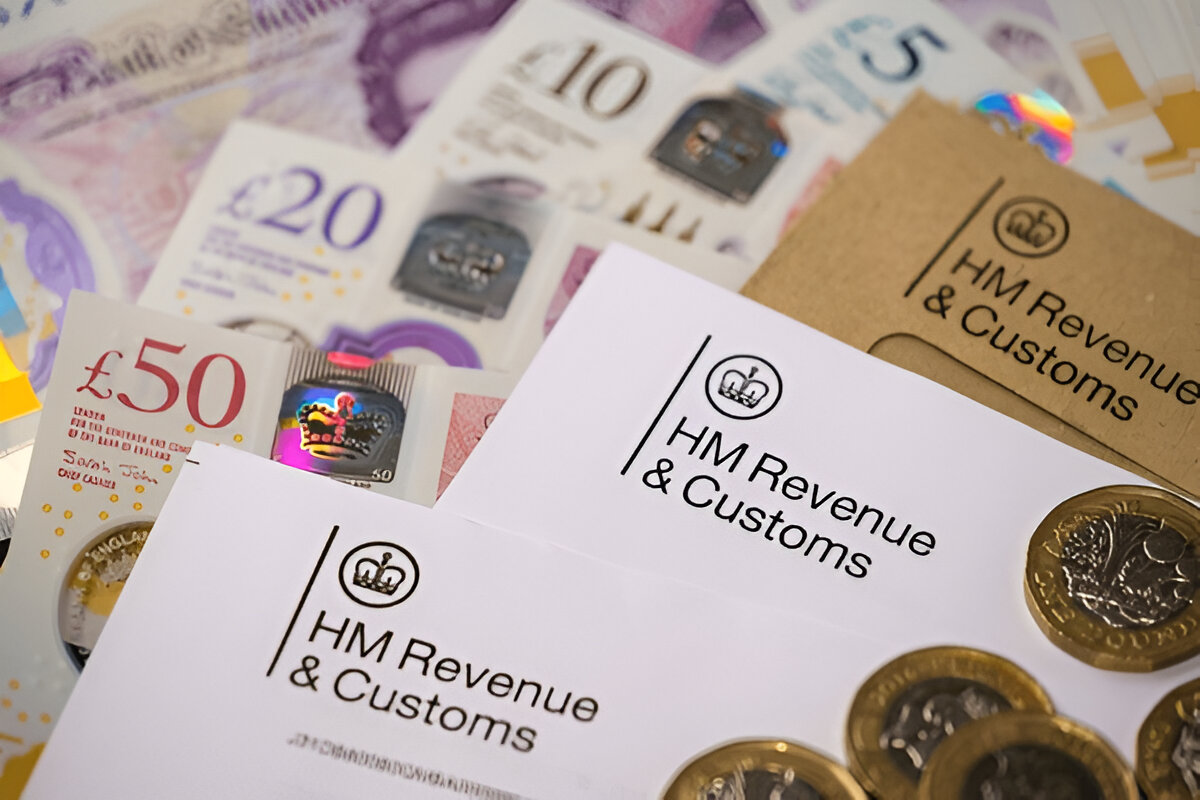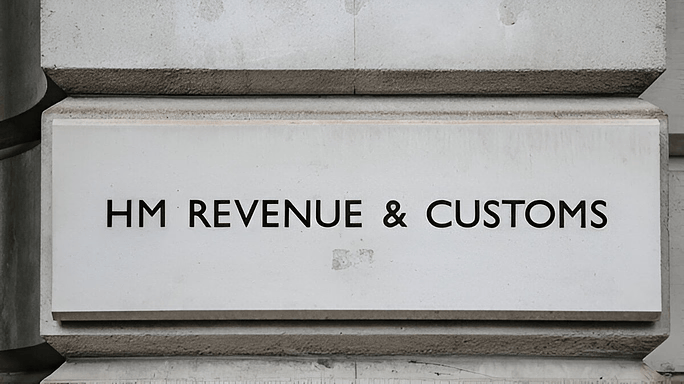
A Quick Guide to DIY VAT Housebuilder Scheme?
The DIY VAT Housebuilder Scheme is a great option for new homeowners in the UK. However, it is crucial that, as a new homeowner, you are aware of the latest updates and details to make well-informed decisions. Thus, we are here to help you with a quick guide to the DIY VAT Housebuilder scheme.

What is the DIY VAT Housebuilder Scheme?
The HMRC introduced the Scheme to create a level of similarity between individuals who build their own homes and those who purchase their homes from a property builder or developer.
The purpose of designing the Scheme was to facilitate VAT refunds. This enabled suppliers to charge a zero rate, and the VAT incurred on goods and services purchased during the construction of the house could be refunded. Not just new buildings—the claim can also be raised when non-residential buildings are being converted into residential properties. This is because, in the case of a complete conversion, you pay a zero-rate charge, while during the conversion period, the builder charges a 5% rate.
Which Builds Qualify for VAT?
A VAT refund is possible for a property that is not used for commercial purposes. Residential properties qualify, as do properties used as personal holiday homes. The outlined ‘dwelling conditions’ must be met.
Other conditions include –
- The building should meet all livability requirements. For example, it should have distinct places to wash, sleep, eat, etc.
- It should not be accessible internally from another house.
- The property should be such that it can be used and disposed of separately. For example, if the house is located on a farm, the property can be considered for VAT refund only if it is saleable as a single unit.
- The property should not have occupational restrictions.
It is best to either thoroughly review the planning consent to understand all the clauses well or hire a professional accountant who can offer guidance and advice.
Only when the dwelling conditions are met is a DIY refund possible. Also, remember that services that usually have low or zero VAT may still be charged at standard rates.

What is the Time Limit For DIY VAT Refund Claim?
Not many people are aware that the claim should be made anytime between the completion date and three months after completion. Even though the 2023 Budget mentioned extending the time limit to six months, not much progress has been made in this context yet.
As per HMRC, a building’s construction is complete when it becomes livable or habitable, even though several tribunal cases have challenged this rule.
Usually, the local planning authority is the body that determines whether a building is complete or not. A certificate of completion issued by the planning authority is the final word on completion. It is always best to check with the authority about the status, especially if the building is occupied during the period of completion and you are planning to file a claim within three months.
What building materials should be used in such buildings?
As per this scheme, the applicant is considered a regular builder. Applicants need to keep in mind that under this scheme, there are multiple restrictions on what can be claimed and what cannot. Also, HMRC conducts due diligence when reviewing every claim under this scheme. It is, therefore, imperative to include only such expenditures for claims that are eligible to avoid unnecessary delays in refund. Also, remember that applicants are penalised for incorrect claims.
Input VAT on goods that are defined as building materials by the HMRC for incorporation into a building are refunded. For example, some types of flooring materials that seem to fit the definition might not be refundable. Similarly, garage doors with electrical fittings of certain types cannot be claimed for a refund.
Similar is the case with certain types of furniture, carpets, white goods, electrical items, bathroom fittings, vanity, etc.
What Non-Building Materials Are Not Eligible for Claim?
Input VAT that cannot be claimed includes non-building materials like professional fees, purchase of consumables, purchase of tools, hire of machinery, etc.
What are the points to remember when claiming a refund?
- The reclaim has to be properly charged.
- In the case of installation services that are supplied with the goods, the VAT applicable must be zero-rate for new buildings. Conversions should be at a reduced rate.

How to Claim?
The claim must be made using the correct form from HMRC. Filling out the form can be complicated. The claim can be sent via post and must be complete. Other necessary documents, such as planning permission, building plans, and itemized invoice copies, should accompany the form.
The 2023 Budget announced that an online application process would be introduced.
Do you still have doubts and need clarification regarding the DIY VAT Householder Scheme? Please feel free to speak with subject-matter experts at Cangaf Accountants.
More related information
Reclaim VAT on a self build home – GOV.UK This official government guide explains how to apply for a VAT refund on building materials and services when constructing a new home or converting a property into a home. It provides all the eligibility criteria and steps needed to submit a claim.
VAT refunds using the DIY housebuilder scheme – GOV.UK A detailed collection of guidance from HM Revenue & Customs on how to reclaim VAT under the DIY housebuilder scheme, including eligibility and the process to submit a claim.
The DIY VAT Refund Scheme: A Comprehensive Guide – UK Property Accountants This article breaks down the VAT refund process for DIY builders, covering eligible expenses, what to expect during the process, and practical tips for maximizing savings.
Building a new home and VAT – a guide for DIY/self-builders – Henderson Loggie A helpful guide that offers information on VAT implications for self-builders, including how to handle budgeting, record-keeping, and VAT-efficient strategies during the self-build process.


